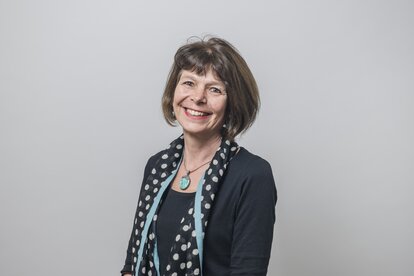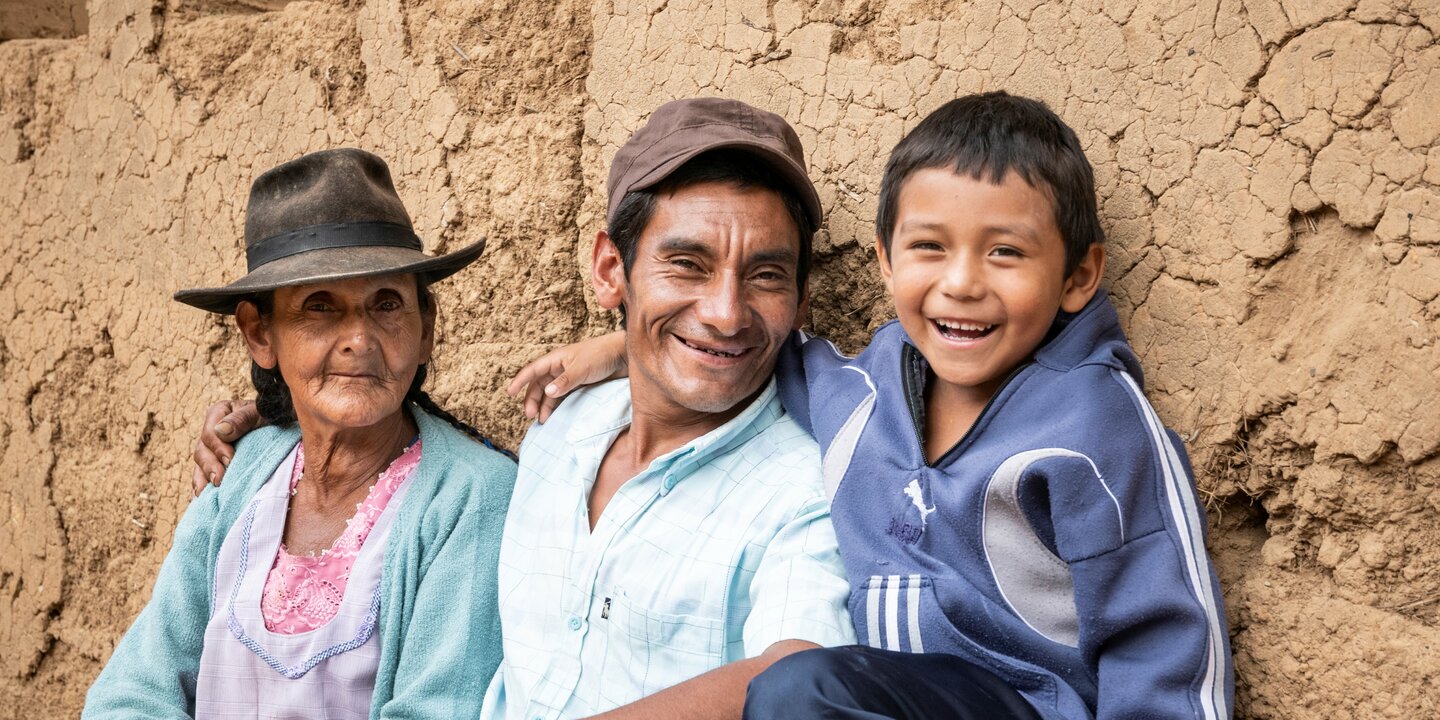The road to Dolakha district from Kathmandu is a familiar one to me, but one that I have not travelled since the earthquake wrought its destruction nearly two years ago. Bumping along it, the glint of metal in sunlight catches the eye. In place of mud-washed or lime-washed houses, corrugated iron seems omnipresent – not just in roofing, but in the walls of make-shift dwellings. Many people have yet to re-build their houses, and face a third monsoon of cramped and damp conditions.
Kumar Sarki and his family of four (his wife, son and daughter) are amongst the lucky ones who have a new, earthquake resistant home – proudly adorned with red, green and blue paint. Kumar beams as he explains some of the important features of its construction. The foundations had to be dug at least three feet deep. The walls, constructed of overlapping stones and cement, have a layer of timber every two feet. These horizontal layers of timber are cross-cutting at every junction – the walls, the corners – with the abutting ends protruding as demonstration. The stones at the house corners had to be carefully cut and overlapped; the positioning of the vertical posts of the house (the English word slips into his Nepali) is important too…
Kumar can speak at length about earthquake-resistant construction, as he was one of ten persons selected in his locality, the Village Development Committee or VDC of Laduk, for a 50 day onsite training on the topic. This was provided through the Employment Fund Skills for Reconstruction project implemented by HELVETAS on behalf of the Swiss Agency for Development and Cooperation, SDC. Of the ten trainees, three were women – adhering to the government policy – as well as that of Helvetas and SDC – of a minimum 33% women’s representation. Priority was given to individuals from disadvantaged backgrounds; as a Sarki (traditional leatherworker), Kumar belongs to one of the most socially disadvantaged castes of Dalit (once considered “untouchable”). The course comprises 20% theory, and 80% practice. For the latter, the group is divided into two groups of five, and work on building the house of one of their number. This is on the understanding that they then contribute their labour to building the other four (a system of labour exchange known as parma). After 50 days in total, they can undertake a test to be certified as skilled in earthquake resistant construction. This requirement for 50 days of onsite training has now been institutionalised by the National Reconstruction Authority; it has become mandatory for all organisations conducting mason training.
Before the earthquake, Kumar used to go to Darjeeling to work as a porter whilst his wife Kamala stayed at home with the children and their few animals, cultivating their small plot of land. Now Kumar can gain just as much, if not more, working as a skilled labourer. “These days I earn NRs 700 per day instead of NRs 400, so there’s no need to go – I can stay here and earn just as well” (NRS 100 is roughly equivalent to US$ 1). This is the season for house-building, so there is plenty of work, although many people are struggling to buy construction materials. The government is offering a grant of NRs 300,000 per family, but this is paid in tranches on the basis of approved work. Most families have only received the first NRs 50,000.
Over the course of the day, my companions Kriti Bhuju (Employment Fund), Mina Paudel and Sunita Maharjan (both Ministry of Education) visit four other individuals who have received training, and see examples of both types of houses recommended for the hills; two-roomed with a front veranda, or three-roomed with a larger, integrated veranda. Corrugated iron is the roofing of choice; two storey buildings are discouraged. Dhan Maya Sarki, who lives with her two sons and one daughter-in-law as well as her parents, has built the three-roomed model. Her husband is, like many other men from the community, working overseas – he has gone to Saudi Arabia for three years. Mechi Tamang, at only 22, has just one small son, but is also running the household without a husband – he has gone to Malaysia. Both women were happy to participate in the training, but neither has maximised the opportunity to earn better wages as skilled labourers. Both point out that they have to juggle such work with many other household tasks; in Mechi’s case, her son got sick so she had to focus entirely on his treatment for a while. Dhan Maya and Mechi’s comments echo the findings outlined in the previous blog. Kriti comments that the project staff are looking into the topic in more detail, to see if ways can be found to better support women construction workers.
This noted, as far as Mechi is concerned, her career in construction work is just beginning. Her dream, she says, is to become a contractor. In Nepalese terms, this means someone who owns heavy machinery and earns substantial sums of money. Mechi is thinking big, but one thing is for sure: there is a lot of reconstruction work still to be done.



